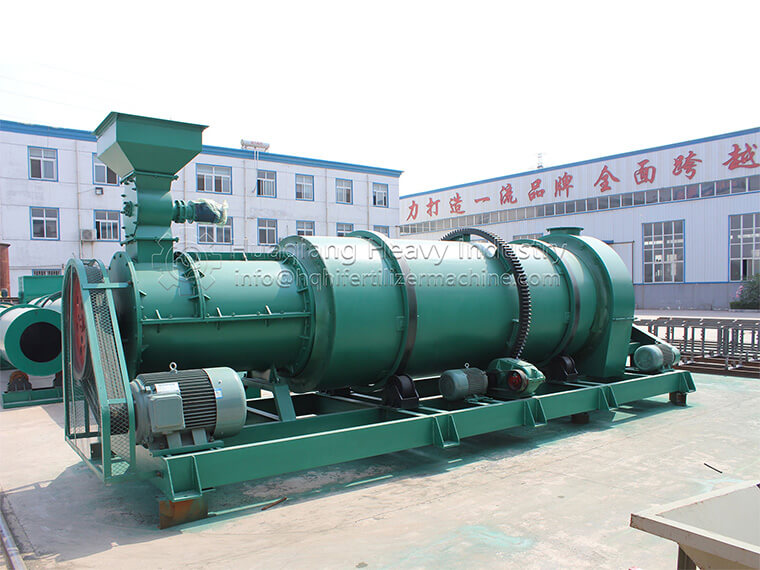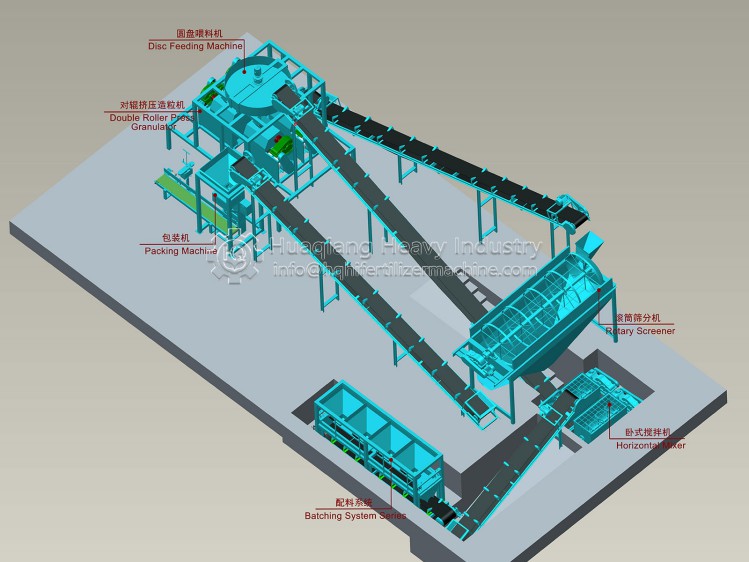The organic fertilizer production line is an equipment for mass production of bio organic fertilizers, which plays a very important role in the development of agriculture. The organic fertilizer equipment ferments crop waste and livestock waste, such as straw, corn cob, distiller’s grains, chicken manure, pig manure, and other manure containing organic substances, to produce organic fertilizer containing a large number of microbial strains. The microbial strains in the finished organic fertilizer can improve the soil structure, increase the content of organic matter in the soil, and use chemical fertilizers and compound fertilizers to greatly increase crop yield. After a certain process flow of fertilizer production line, high-quality organic fertilizer can be processed. Below is a complete set of production process flow of organic fertilizer production line:.jpg)
1. First of all, mix chicken manure with a certain amount of straw powder, the amount of which depends on the water content of chicken manure. Generally, 45% of the water content is required for fermentation, that is, knead the chicken manure into a ball by hand, see the water through the fingers, but do not drip water, and release it to disperse.
2. Then add the mixture into the blender for mixing. The mixture must be even, transparent and free of lumps.
3. The raw materials are put into the fermentation trough to add the fermentation bacteria. The fermentation trough is built into a long strip of 2.5m wide and 0.8m-1m high, which is tossed once every 2 days by the compost windrow turner (the length, width and height of the fermentation trough can be determined according to the actual site). The main purpose of the fermentation is to quickly heat up, ferment, deodorize and kill harmful bacteria. Heaped for 2 days, odorless for 4 days, loose for 7 days, fragrant for 9 days and fat for 10 days. Specifically, on the second day of composting, the temperature can reach 60 ℃ – 80 ℃ (different temperature changes in different seasons), killing E.coli, insect eggs and other pests; on the fourth day, the odor of chicken manure is eliminated; on the seventh day, the compost becomes loose and dry, full of white hyphae; on the ninth day, a kind of distiller’s yeast fragrance is emitted; on the tenth day, the compost is fermented and matured.
4. The semi wet material crusher is used for crushing.
5. Then the impurities are screened out by the screening machine, and the powdered organic fertilizer is ready.
6. It can be stored by automatic packing scale.


.jpg)


.jpg)


